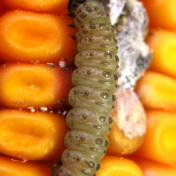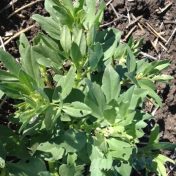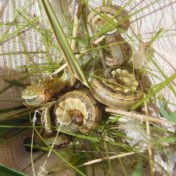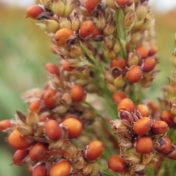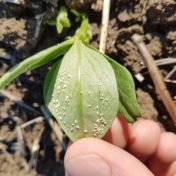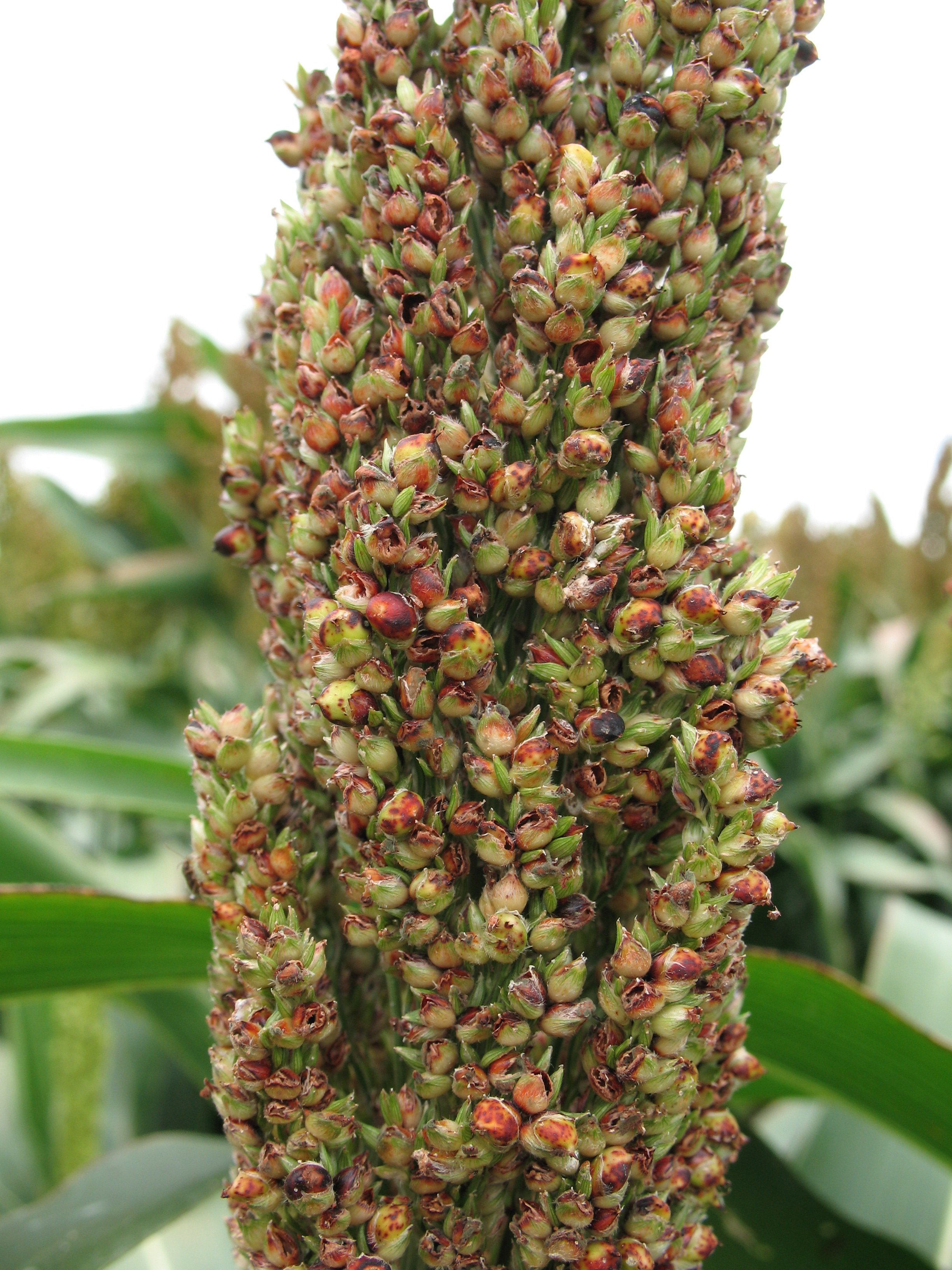Recent reports were received of decidedly non-armyworm looking caterpillars attacking corn cobs in a crop near Mundubbera. The larvae in question were pale with lines of large dark spots on their back, and looked very similar to a serious mungbean pest, beanpodborer (Maruca vitrata). However, the larvae in question were slightly larger (about 20 mm) and some had a slight… Read more »
While drought has dashed the planned rotations of many growers, there is still a risk of pest outbreaks at this time of year. Below are some of the most common to keep an eye out for. A note on withholding periods following insecticide use in crops that are diverted to stock If insecticide treatments have been applied to crops which… Read more »
Armyworm infestations of barley crops, in particular, are being reported from southern NSW to the Darling Downs. Large numbers of moths are also being seen around lights at night. It is not unexpected that armyworm would be abundant this spring as some of their source areas (Channel Country, North Western Queensland) would have received significant rainfall or flows earlier in… Read more »
Sorghum is most susceptible to crop loss from insect pests during flowering and grain fill, and this article deals mostly with these species (sorghum midge, helicoverpa and Rutherglen bug). However, some years there may be pest infestations in vegetative sorghum. Vegetative sorghum During the vegetative stages you may see a few armyworm or helicoverpa larvae causing shot-holes in the leaves,… Read more »
Winter—time to visit your storages As temperatures drop and hopefully winter crop planting is completed, a little time invested around your storage facility will pay dividends. During our coldest months storage pests are not breeding rapidly and are less likely to fly. They are quietly sitting in grain residues in empty silos, or keeping warm in silos still holding grain…. Read more »
This summer silverleaf whitefly (SLW) populations have been extremely high in many cotton crops, particularly in NSW. As these crops are defoliated, large numbers of SLW are moving out of the cotton into surrounding vegetation, including emerging grain crops. Whilst the number of SLW adults landing in seedling canola, wheat, faba beans and cereals can look dramatic, previous experience has… Read more »
The spread of Russian wheat aphid (RWA) (Diuraphis noxia) in the Northern grains region is considered inevitable. When it might be detected in wheat and barley is less clear as the key drivers of its spread are not well understood in Australia. Wind is likely to play a part in moving winged aphids from south to north. The most northerly… Read more »
Rutherglen bug (RGB) numbers are persisting in many sorghum crops as they start to reach physiological maturity. Queensland Department of Agriculture and Fisheries (DAF) research has shown no evidence of yield loss as a result of direct feeding on grain once it reaches physiological maturity (black layer). However, because most crops this year have staggered head emergence, there are a… Read more »
Large flights of helicoverpa over the last 2 weeks (or longer in some districts) have seen significant eggs lays and larval populations in winter crops, including the winter cereals. It is not unusual to find both corn earworm and armyworm in cereal crops. Correct identification of the species present is very important as it influences damage potential and choice of… Read more »
Over the next few months, you have the opportunity to have weed seed collection and resistance testing undertaken on your farm by the Queensland Department of Agriculture and Fisheries (DAF). The Grain Research and Development Corporation (GRDC) has contracted DAF to undertake the survey of weeds and herbicide resistance on grain-producing farms throughout Queensland. The winter crop survey will… Read more »
